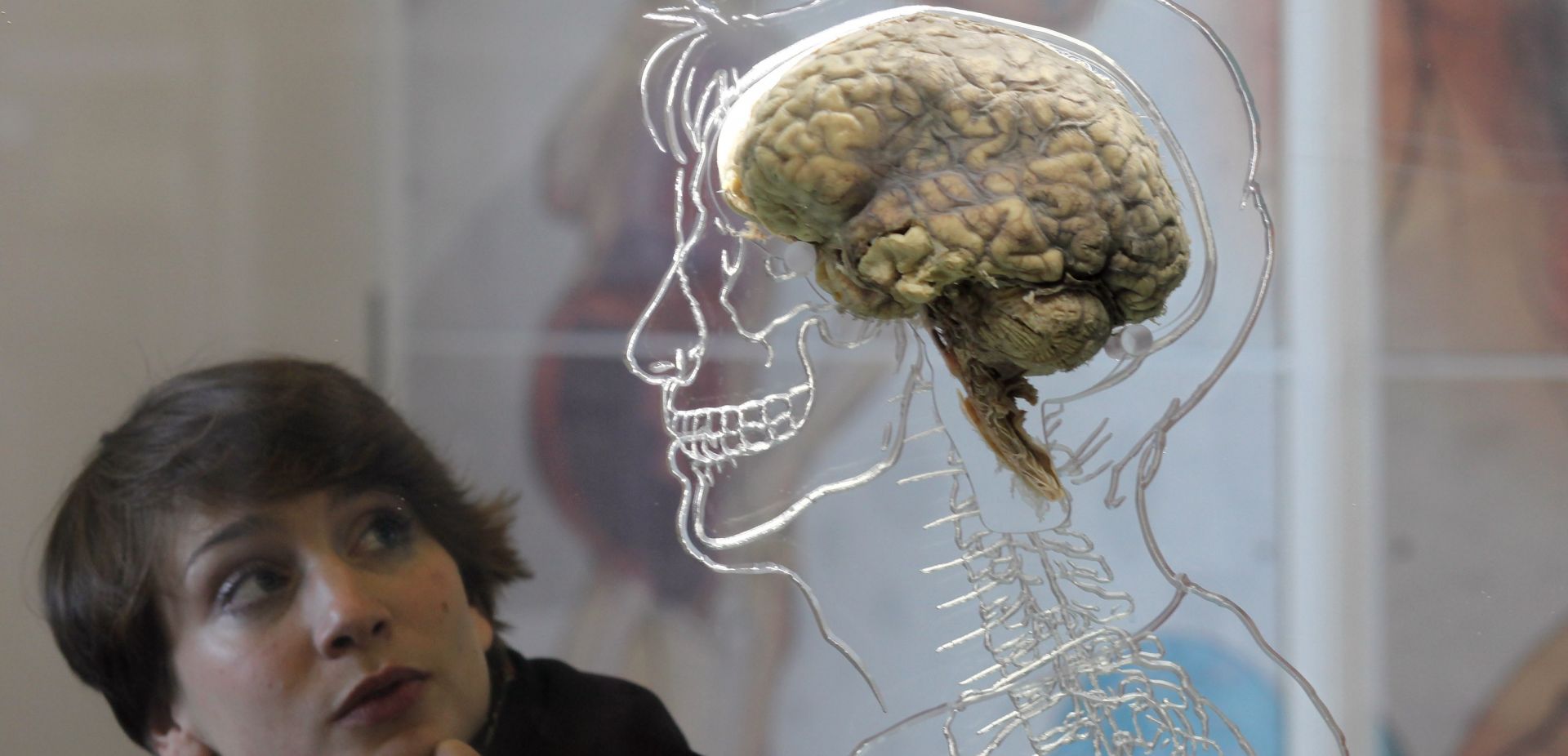
Some artists do not pay any attention to the durability of their works.
see more
The role of oxytocin also emerges when studying conflict between members of different groups. Under its influence, we defend and protect the vulnerable members of the group. We even change our subjective preferences to adapt to the ideals of our circle, instead of the ideals of a foreign community. A study conducted in the Netherlands also found that oxytocin increased favoritism of one's own ethnicity in the population, while decreasing acceptance of other ethnicities and foreigners. People also show greater attachment to their country's flag, remaining indifferent to other cultural signifiers when under the influence of oxytocin. Does this then mean that oxytocin deserves to be called, as some would wish, "the hormone of patriotism", rather than, as others demand, "the hormone of xenophobia"?
It has an overall reinforcing effect on all social emotions as intranasal administration increases jealousy and
Schadenfreude. People "on oxytocin" identify expressions of disgust on another person’s face far more quickly a than people who have not been stimulated with this neurohormone. Its role has also been recognized in one of the strongest adaptive reactions of vertebrates, as in fear-flight. Administration of oxytocin reduces fear in rodents, possibly by inhibiting the amygdala in the brain, which is responsible for these responses. In other words, perhaps it is oxytocin that makes us heroes in moments of danger.
Finally, oxytocin affects men and women differently. After taking it, women react faster than men to socially significant stimuli, which is unsurprising, given that estrogens stimulate its formation. And testosterone directly inhibits oxytocin in mice. This may have evolutionary significance since it makes activities such as hunting and attacking invaders mentally easier, insofar as oxytocin is strongly associated with empathy and trusting others in the group.
Now the Texan neurobiologists have been able to show the probable source of this oxytocin effect -- modulating reactions, and perhaps even building bonds and social adaptations. Although it is evident that the formation of new synapses is not something that happens very speedily, the fact is that the oxytocin receptors are formed in new neurons of the adult mouse’s olfactory bulb, and that the peak of this "creation" takes place during the construction of neural connections -- when the neural circuit is at work, for example, receiving olfactory sensations. Again, if it is working, there's more oxytocin in the brain, and when there's more oxytocin, more synapses are formed, and this again, increases the activity of circuits, and so on. As the authors of the study contend: "oxytocin drives the development and integration of new neurons in the adult brain, directly contributing to adaptability and circuit plasticity."
Does it mean that we already have in our hands a miracle medicine that will improve our "stiffening" with age network of nerve connections, one that can repair the declines experienced that result from disease or accidents? "Oxytocin is normally present in our brain, so if we know how to turn it on or off and mobilize it, we can help maintain healthy circuit connections by promoting the growth of underdeveloped connections or strengthening new ones," Prof. Arenkiel declares. Certainly, this hormone is a good candidate for such research. It has yet to be seen if it will promote the formation of new synapses to repair damaged tissue outside the olfactory bulb. While such studies are not yet underway, the oxytocin drug is registered for use in inducing labor contractions by intravenous or intramuscular administration.
However, there are serious risks to the idea of exploring oxytocin social engineering or the possibility of brain plasticity control on a massive scale. Overdoses of this drug or excessive sensitivity to it (or simultaneous disorders of the kidneys and adrenal glands) can even lead to life-threatening consequences. Water poisoning, as it is called, occurs when we have so much water in the body that our brain literally swells. Several other side effects may occur after administration of the drug, ranging from drowsiness and slurred speech to loss of consciousness.
The great mystery of brain plasticity, however, is beginning to be revealed before our eyes. And we wouldn't be human if we were not dreaming about resolving that mystery and learning to control the process by ourselves.
– Magdalena Kawalec-Segond
TVP WEEKLY. Editorial team and journalists
– Translated by Agnieszka Rakoczy
Source: http://genesdev.cshlp.org/content/early/2022/12/07/gad.349930.122

 SIGN UP TO OUR PAGE
SIGN UP TO OUR PAGE 





